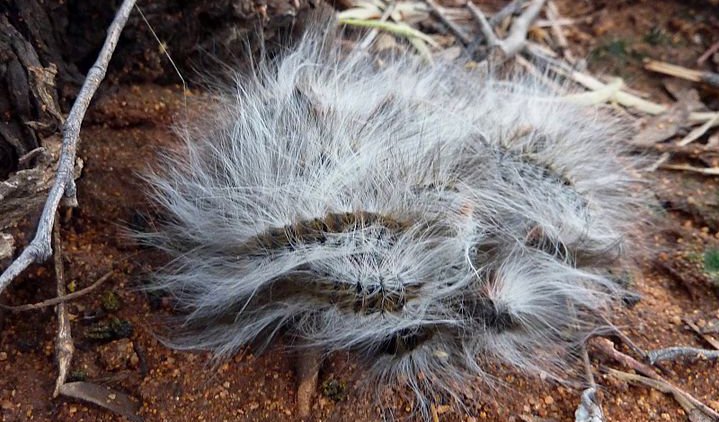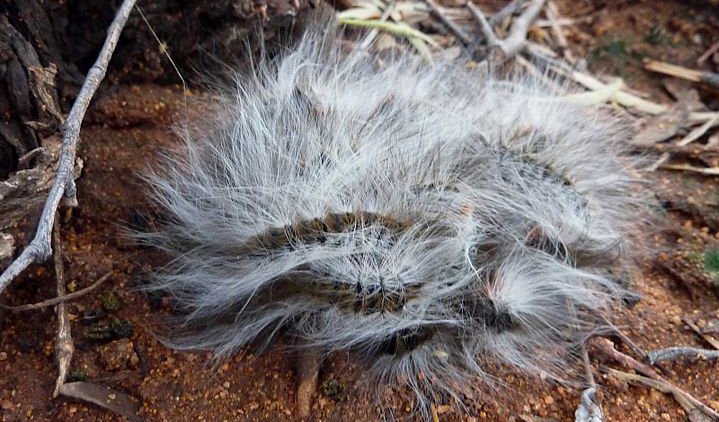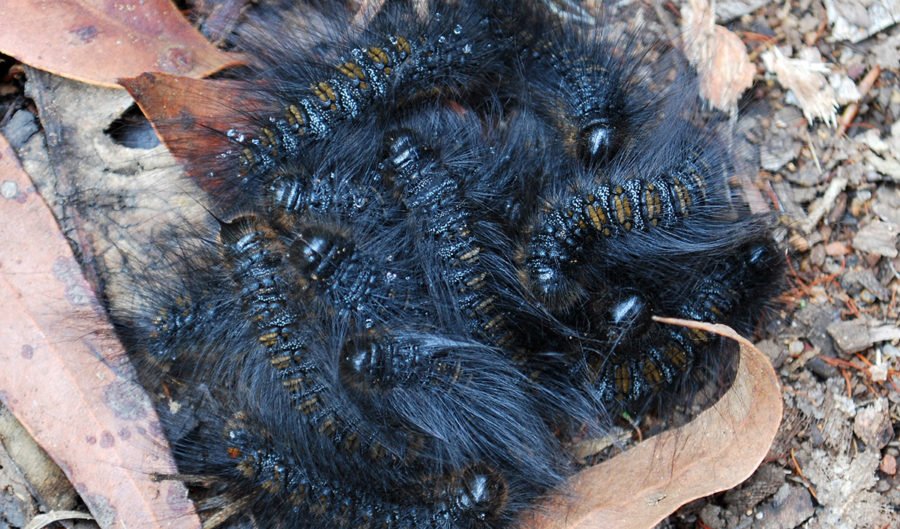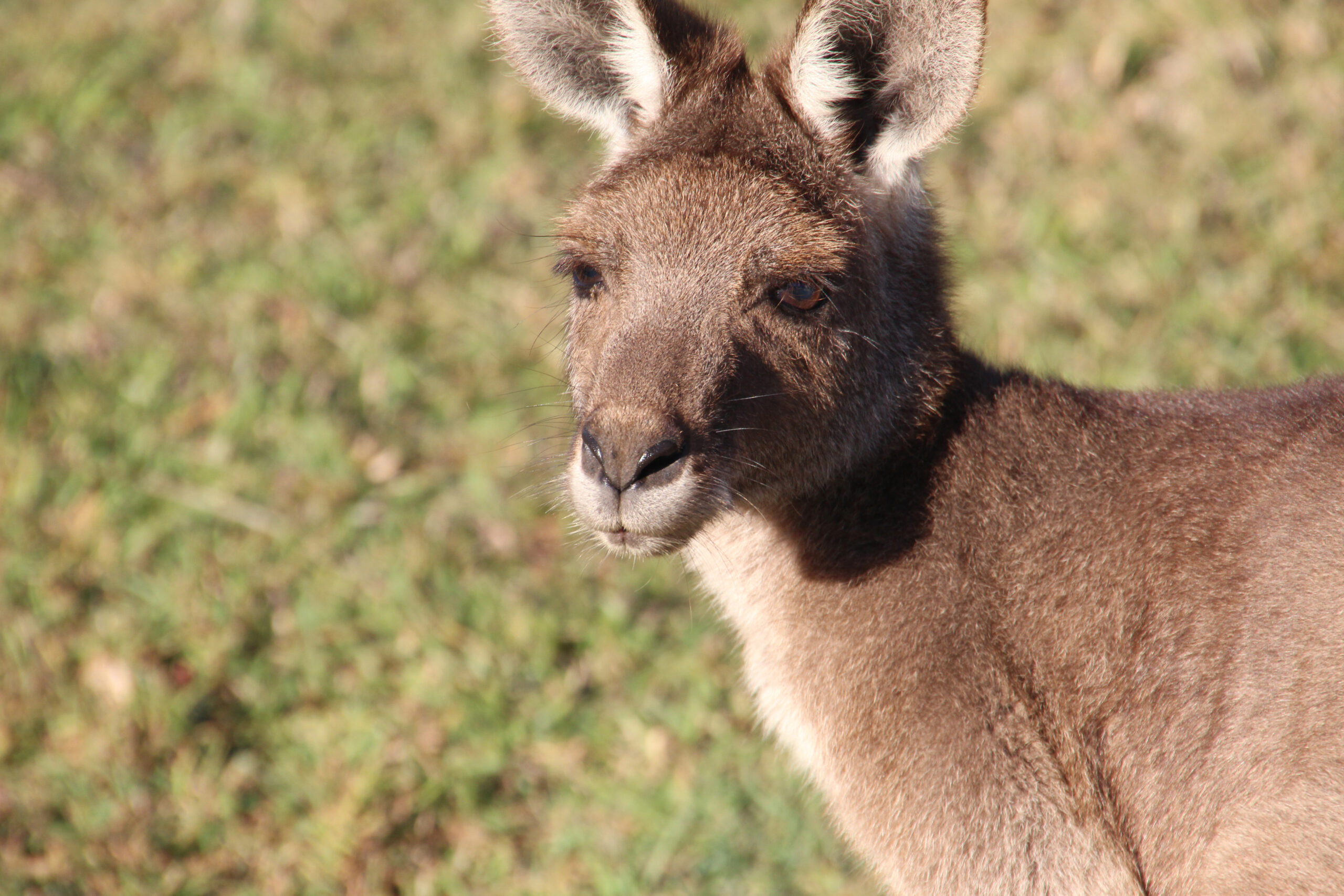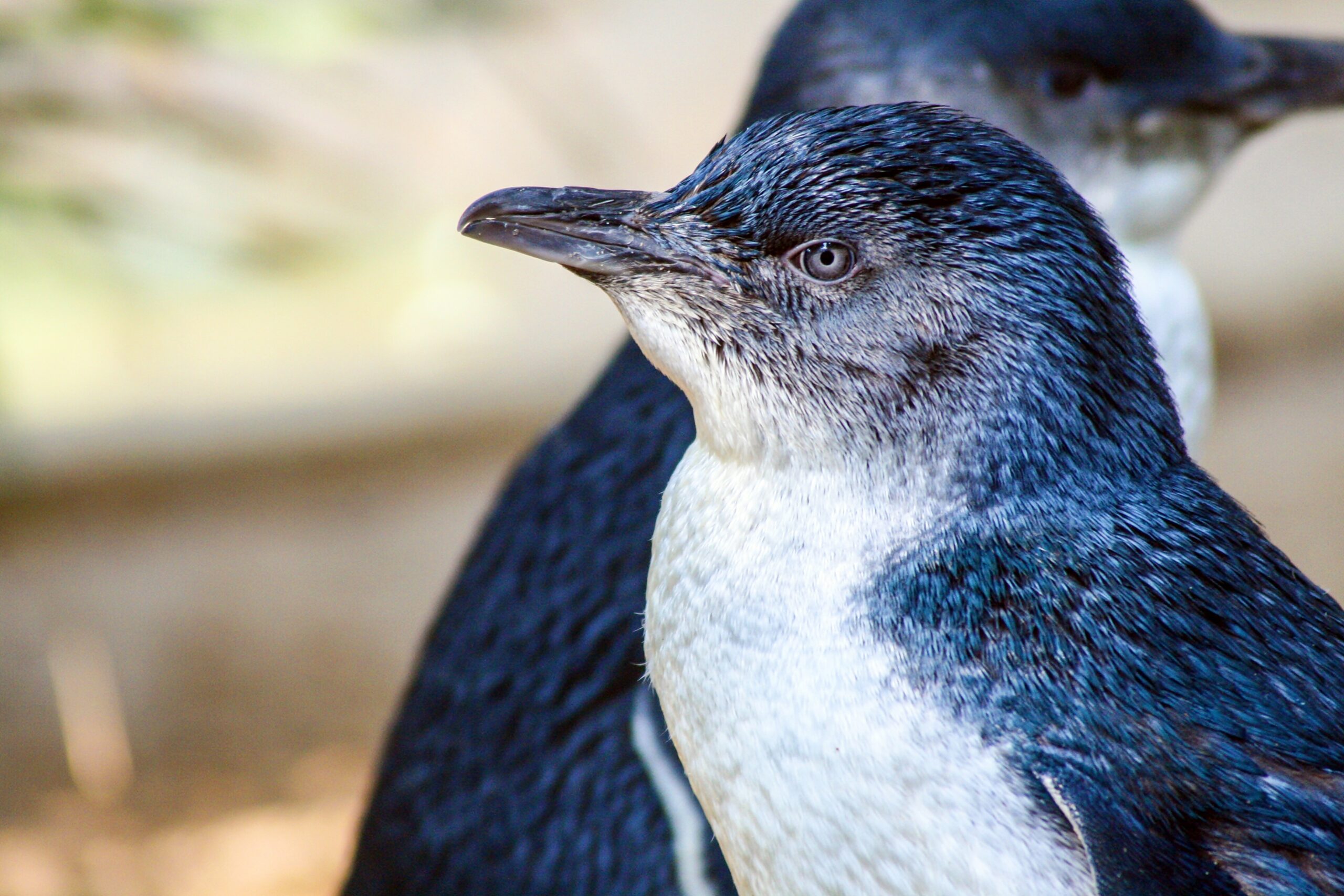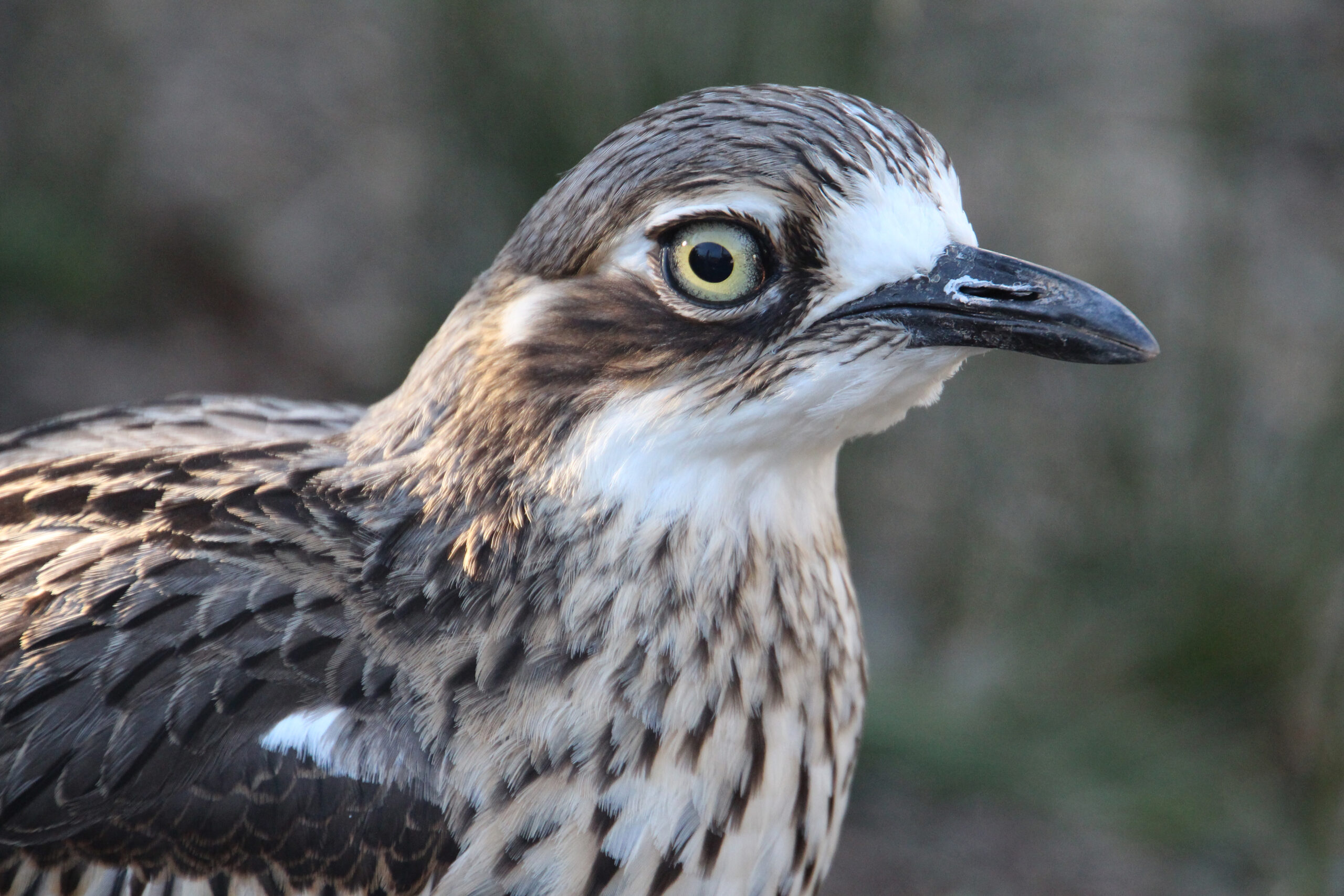| Common name | Processionary caterpillar |
| Scientific name | Ochrogaster lunifer |
| Type | Insect |
| Diet | Caterpillars feed mostly on wattle (acacia) trees; adults don’t feed |
| Average lifespan | 12-month life cycle |
| Size | Adult female moths have a wingspan of up to 6.5cm with males slightly smaller; caterpillars grow to a length of about 4cm |
These hairy grub-like creatures should come with a warning. Do not touch!
Processionary caterpillars are the larva of an insect called the bag-shelter moth and are often seen following each other head-to-tail in chains of individuals.
The millions of long fine, needle-like hairs that cover each caterpillar are sharp and very brittle. These readily penetrate and break off in human skin and contain an irritating protein that produces a highly allergic response in most people.
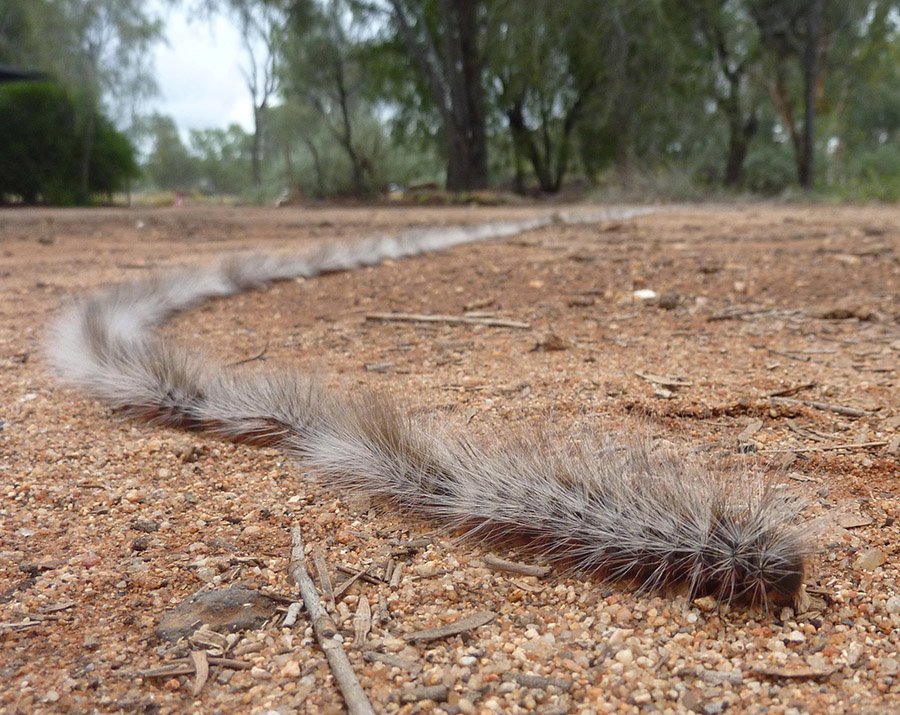
The hair shafts are covered in microscopic barbs, making them extremely difficult to remove. If these hairs get in the eyes, they can cause blindness.
It’s known that pregnant horses that mistakenly eat these caterpillars when they’re on grass, will spontaneously abort their unborn foals.
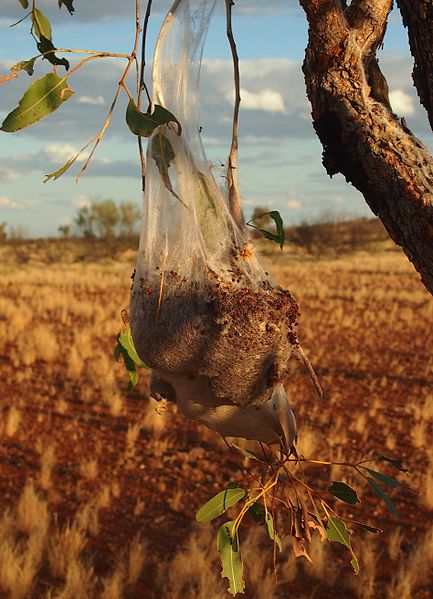
Female bag-shelter moths lay their eggs on trees, usually wattles, that will provide food for the caterpillars once the hatch.
Touching the adult moths, which are very hairy, can also illicit a strong allergic response.
After hatching, large numbers – as many as 600 – of the caterpillars gather together and create a silk sack inside which they rest when they’re not feeding.
They leave the sack at dusk to forage at night on their food tree and return at dawn.
Being voracious eaters, they will sometimes defoliate their tree and need to move to another, nearby. It’s when they do this that you’re likely to see them moving as a single train, of up to 200 individual caterpillars, in search of a new tree.
In coastal areas the bags of caterpillars are located at the base of a food tree. In inland areas their located up higher in the branches.
These different lifestyles suggest there are at least two distinct species, possibly more, of processionary caterpillars, but this has yet to be proved.
